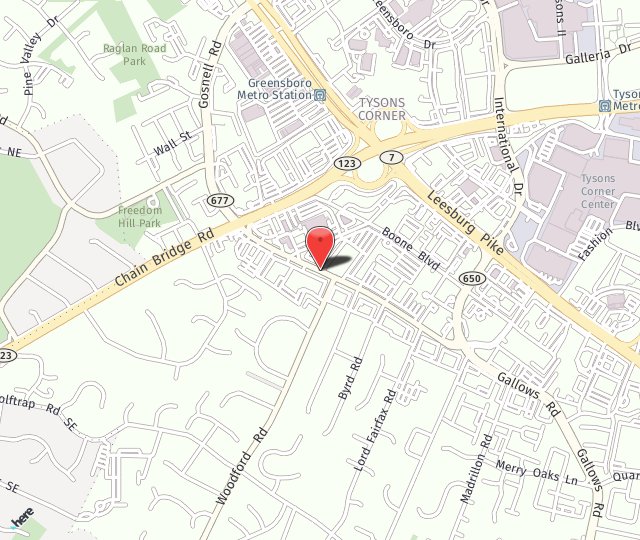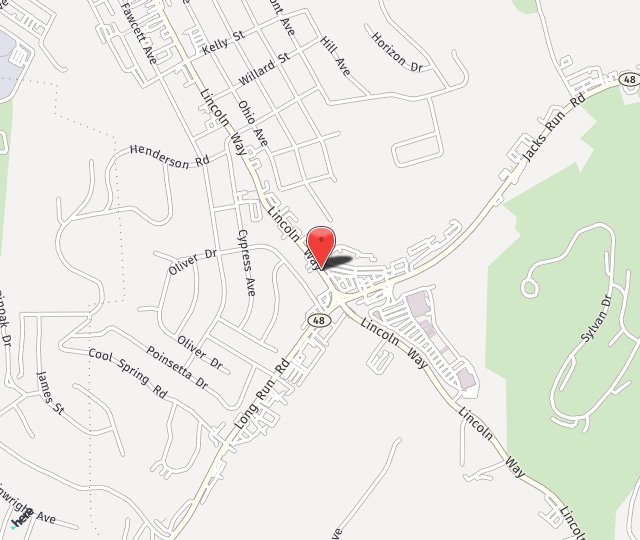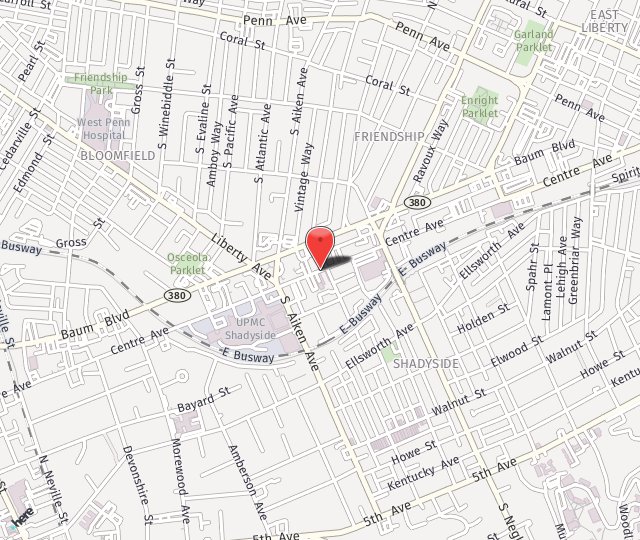What is Glaucoma?
Glaucoma is a group of diseases that can damage your eye’s optic nerve. One of the reasons for glaucoma may be fluid pressure increasing. The intraocular pressure increase can be caused by a blocked or slowly draining canals within the eye. It is a leading cause of blindness in the United States.
What are the symptoms of Glaucoma?
It depends on the type of glaucoma, but often there are no symptoms at first. Without treatment, people with glaucoma will slowly lose their peripheral, or side, vision. They seem to be looking through a tunnel. Over time, straight-ahead vision may decrease until no vision remains.

What are the risk factors of getting Glaucoma?
Anyone can get glaucoma. However, there are certain people who are more at risk.
They include:
- Older people are six times more likely to get glaucoma if they are over 60 years old. African Americans and Hispanics over 60 have a higher likelihood of glaucoma than other populations.
- People with a family history of glaucoma.
What types of Glaucoma are there?
There are several types of glaucoma. The main type is open-angle, accounting for at least 90% of all glaucoma cases and affecting close to 80 million people around the world.
Open-Angle Glaucoma
Open-angle glaucoma is when your eye pressure increases for a variety of reasons. It often develops slowly with unnoticeable symptoms.
Angle-Closure Glaucoma
Angle-closure glaucoma is a much less common form of glaucoma. It is also called acute glaucoma or narrow-angle glaucoma. Unlike open-angle glaucoma, angle-closure glaucoma is a result of a closed angle between the iris and cornea. Angle-closure glaucoma is caused by blocked drainage canals, resulting in a sudden rise in intraocular pressure. It develops quickly and the symptoms are very noticeable. It is important to seek medical treatment immediately.
What testing is done to diagnose Glaucoma?
Various tests are used to determine the diagnosis and to monitor the progression of glaucoma.
The five tests involved in a comprehensive glaucoma exam are:
- Tonometry: Measures the inner eye pressure
- Ophthalmoscopy (dilated eye exam): Exams the shape and color of the optic nerve
- Perimetry (visual field test): Exams the complete field of vision
- Gonioscopy: Measures the angle in the eye where the iris and cornea meet
- Pachymetry: Measures the thickness of the cornea
What is the treatment for Glaucoma?
Glaucoma can’t be cured, and damage caused by the disease can’t be reversed. Treatment can prevent vision loss in patients with early glaucoma. If vision loss has already occurred, treatment can slow or prevent further vision loss.
The primary goal of glaucoma treatment is to lower pressure in the eye (intraocular pressure). Each patient’s course of treatment is different. and your eye doctor will discuss your particular needs with you.
Eye Drops & Oral Medications
Prescription eye drops for glaucoma help lower the pressure in your eye at a healthy level and are an important part of the treatment routine for many people. It is important to continue the glaucoma eye drops exactly as prescribed, or the optic nerve damage could get even worse. If eye drops alone don’t bring the eye pressure down to the desired level, your eye doctor may also prescribe an oral medication or other treatment.
Lasers
Laser procedures are a common treatment for patients with glaucoma. Laser treatment is usually quick and painless, and is a very safe form of treatment for glaucoma.
The Selective Laser Trabeculoplasty (SLT) lowers eye pressure by a special laser that selectively treats cells in the eye’s drainage system increasing the drainage of fluid from the eye resulting in lower eye pressure.
A Laser Peripheral Iridotomy (PI) is performed on patients with angle-closure glaucoma or in patients with narrow angles. PI keeps the eye’s drainage system open and fluid easy access to the drain. If fluid is not able to properly drain from the eye, the eye pressure could rise and lead to optic nerve damage.
Procedures
The Trabectome® During the approximately 15-minute Trabectome® procedure, a very small probe is passed through a small incision in the front of the eye, and a small electrosurgical pulse is generated which helps remove damaged tissue from the eye canal improving the flow of fluid through the eye’s drainage channels.
Trabectome Advantages
- Restores the eye’s natural drainage pathways
- Low patient risk
- Simpler than traditional therapies
- Low complication rate
- Easily done in combination with cataract surgery
- Safe and effective
Canaloplasty is a procedure in which a microcatheter is used to enlarge the eye’s natural drainage system (known as Schlemm’s Canal) to allow for better fluid drainage from the eye and thus reduce the pressure inside the eye.
Tube shunts are drainage devices implanted inside and around the eye. They are also implanted in patients with more advanced glaucoma who require more aggressive lowering of their eye pressure. Tube shunts are often used when patients do not respond to, or are not good candidates for, other glaucoma surgeries.
The Ahmed Glaucoma Valve (AGV) is a type of shunt used in the treatment of glaucoma to reduce & control intraocular pressure (IOP), and reducing drug use. The AGV is effective in all types of glaucoma and provide ability to control pressure due to the unique valve design.




